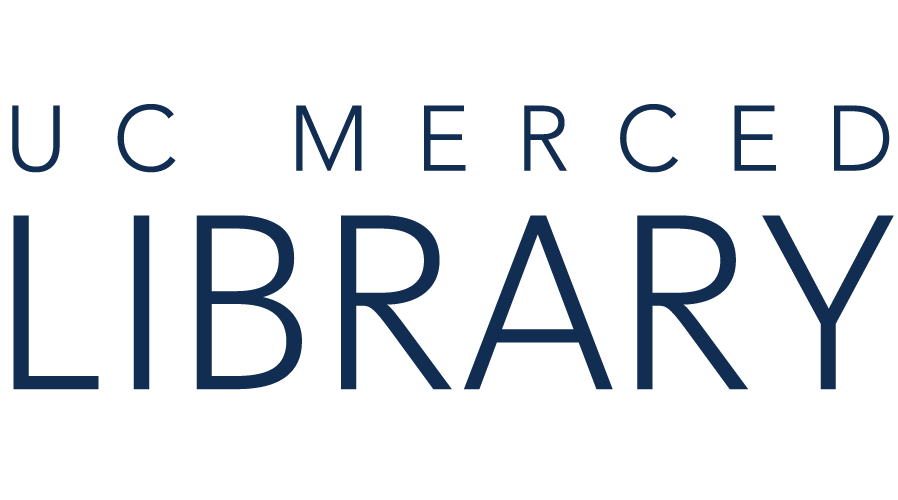Start with our Chatbot. If it can't help, you'll have the option to be connected with a Librarian.
Jump Around
It's okay to skip around in a scholarly article. Start by skimming the abstract, introduction, conclusion, and look at images or data representations. If the article looks to be useful for your purposes, read it from the beginning to end.
Keep It Strategic
While you are reading, reflect on how the article relates to what you want to write about or research.
Mark It Up
Take notes. Interact with the article. How do the ideas or information presented relate to what you want to write about?
Cut through the Jargon
Unfamiliar technical terms? Google or use a specialized dictionary to find definitions.
Replay
If the article is relevant after you've read through it, consider reading it again.
Find the Source
References can be a very useful resource. Be sure to skim the titles in the References section. You could find another scholarly article you want to read.
Adapted from: https://libguides.valdosta.edu/reading-scholarly-articles
Check out this short video (2:34) from Western University on How to Read a Scholarly Article.
Peer review is a process for evaluating research studies before they are published by an academic journal. These studies typically communicate original research or analysis for other researchers.
 |
 |
 |
 |
 |
|
Try searching in UC Library Search or a library database and look for options to limit your results to scholarly/peer-reviewed or academic journals. You can also check Ulrichsweb, see below for details...
Many databases offer the option to search for "peer-reviewed" journal articles - those are academic articles reviewed by the authors' peers for accuracy during the editing and publishing process.
If you are using a database that does not have this filter option, or if you find an article citation somewhere else, you can check if the article was published in a "peer-reviewed" journal or magazine by using Ulrichsweb.

Profiles nearly a quarter of a million consumer and trade magazines, academic and scholarly publications, monographic series, newsletters, newspapers, electronic publications, 'zines, and many other types of serial publications on all subjects.

If your publication does not appear in Ulrichsweb, please contact a librarian for more help.
Scholarly articles in the Arts and Humanities are set up differently than in the Sciences. Articles may read more like essays, rather than reports on scientific experiments.
In the Humanities, scholars are not conducting experiments on participants but rather are making logical arguments based on the evidence they have researched and analyzed.
In literature, for example, a scholar may be studying a particular novel of an author. In history, a scholar may look at the primary source documents from the time period they are studying.
The following sections are generally included in humanities scholarly articles, although they may not be clearly marked or labeled.
| Abstract | A summary of the research provided at the beginning of the article, although sometimes articles do not have an abstract. |
| Introduction | Provides background information for the topic being studied. The article's thesis will be found in the introduction, and may also include a brief literature review. |
| Discussion/Conclusion | The discussion likely runs through the entire article and is the main component of the article providing analysis, criticism, etc.The conclusion wraps up the article; both sections usually are not labeled. |
| Works Cited | List of sources cited in the article by the author(s). |
Scientific research articles include original studies and review articles that contribute to the current scholarship on a given topic.
The table below describes the components of scholarly articles in the Social Sciences and Physical Sciences. The majority of articles in these disciplines will have the sections listed below.
| Abstract | Brief summary of the article, including research question, methodology and results. |
| Introduction | Background information about the topic, leading up to why this study is being done, and may include a brief literature review. |
| Methods | Description of how the study procedures, set-up and how data was collected. |
| Results/Findings | Presentation of the data from the study. This section often includes tables, charts, or other visualizations of the data. |
| Discussion | Analysis of the data and how the study relates to existing knowledge of the topic. The authors evaluate whether their results answer their research question. |
| Conclusion | The authors wrap up the article by discussion how their study contributes to the research on this topic and outline future potential research questions or studies. |
| References | List of resources that the authors consulted when developing their research and subsequently cited in their article. |
Check out this short video (5:30) from the University of Minnesota for tips on reading scientific articles.

Copyright @ The Regents of the University of California. All rights reserved.
